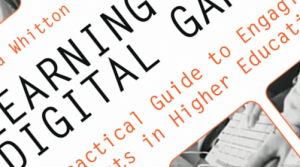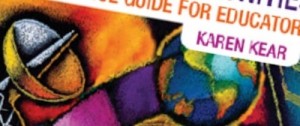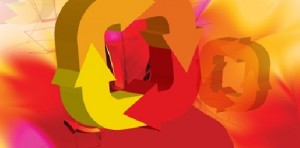Biesta (2014) risk of education
Biesta, G. (2014). The Beautiful Risk of Education. London: Paradigm Publishers.
The beautiful risk of education (2013) adds to ideas Biesta presented in his previous books Beyond Learning (2008) and Good education in an age of measurement (2010). Biesta maintains that schooling has three aims: socialization, qualification and subjectification (i.e. becoming a subject). In this latest book, Biesta proclaims that education needs to embrace risk rather than reduce risk, and he discusses this with reference to creativity, communication, teaching, learning, emancipation, democracy and virtuosity. Current educational policies aim to make education stronger, more secure, more predictable, and risk-free. However, Biesta asserts that policy-makers oversimplification of learning is potentially damaging and veer away from what education ultimately means. After all education is not a simple transfer transaction between machines. Education is a complex social-interaction between human beings and slow, difficult, out-of-comfort-zone learning that pushes boundaries is the powerful learning that sticks. Instead of seeking to reduce risk, education needs to embrace risk as an essential part of teaching, learning and schooling.
Biesta voices concern over the relatively recent paradigm shift from the traditional teacher as an authority to the constructivist teacher as a facilitator of learning. Biesta interprets constructivism as a theory of learning not a theory of teaching, and he makes a clear distinction between learning from (leren van) and being taught by (leren aan). A teacher should not be reduced to an agent that speeds transfer of knowledge from one vessel to another. Teachers are essential in a learning environment to empower learners to reach beyond their immediate known grasp. Biesta reminds us that we need to remain aware that teaching does not necessarily result in learning and indeed we cannot predict any of the effects of teaching.
Biesta also discusses teacher education. He declares teacher education has become over-simplified by structuring programs on narrow pre-defined competencies. To be qualified to teach, learner-teachers merely demonstrate achievement of separate competencies. Biesta sees it as insufficient to have knowledge and skills of separate parts of teaching because teachers must be able to perform multiple tasks in complex learning contexts with multiple conflicting factors. Teacher education also provides a role modelling function so that learner-teachers become aware of the social expectations and shared traditions of teaching. It is this apprenticeship role within an active Community of Practice that Biesta values. Biesta proposes an alternative to current competency based teacher education, that develops virtuosity and replaces narrow competencies with teachers’ judgements. Biesta states that learner-teachers can learn virtuosity by studying the virtuosity of others. But who is judged as being a virtuoso? Which contexts allow virtuosity to be seen?







